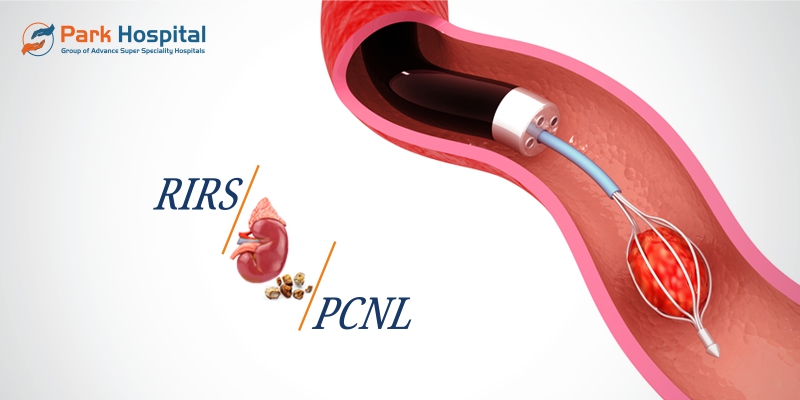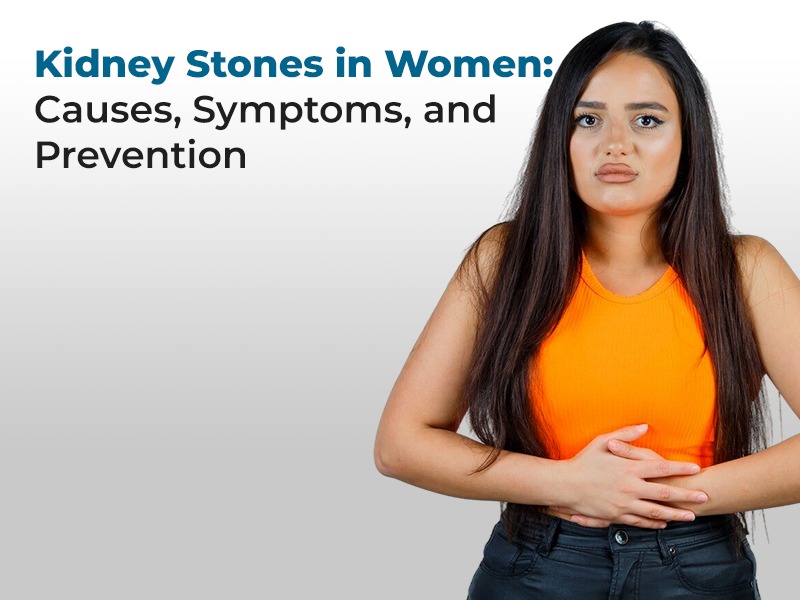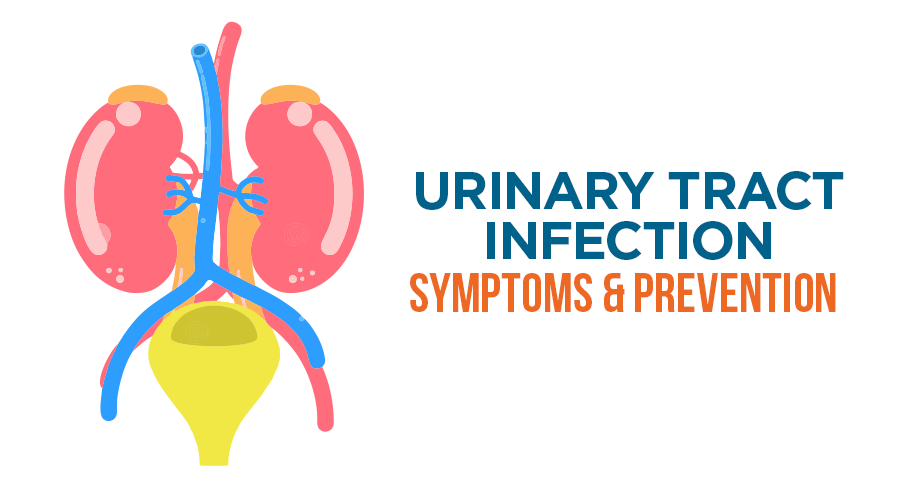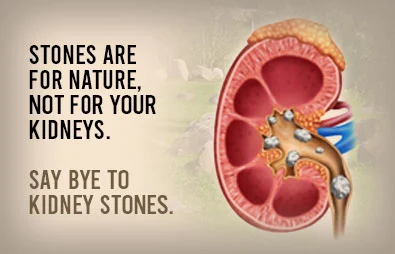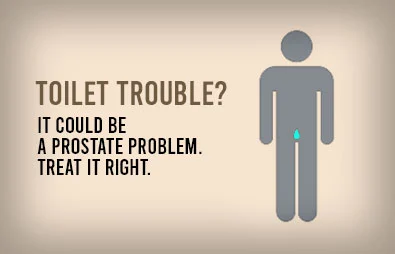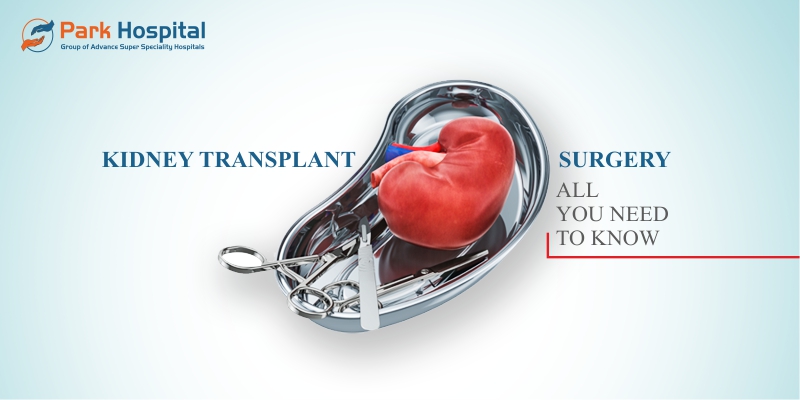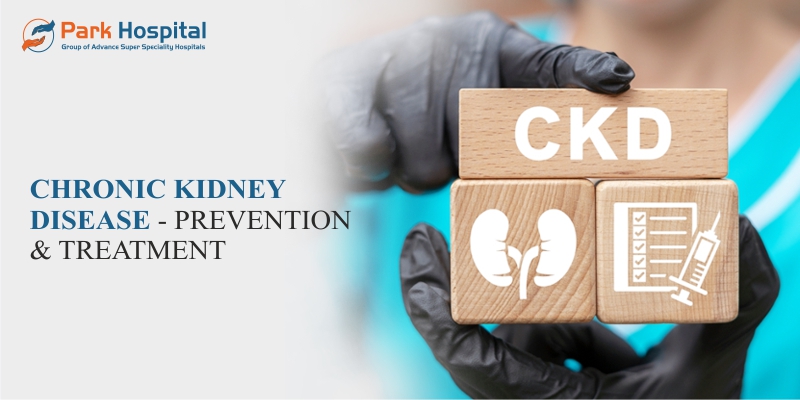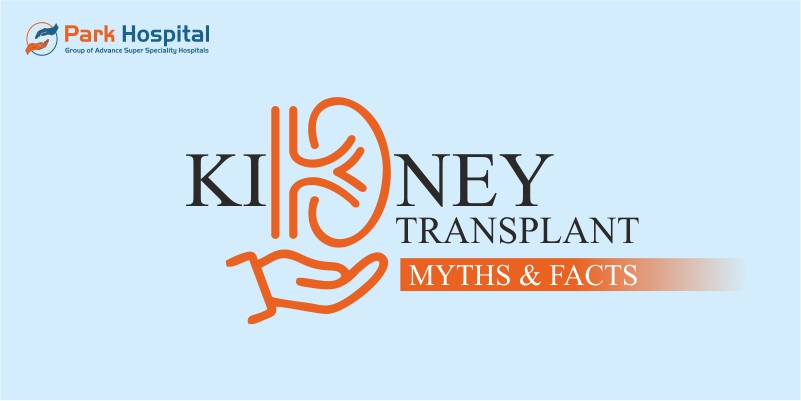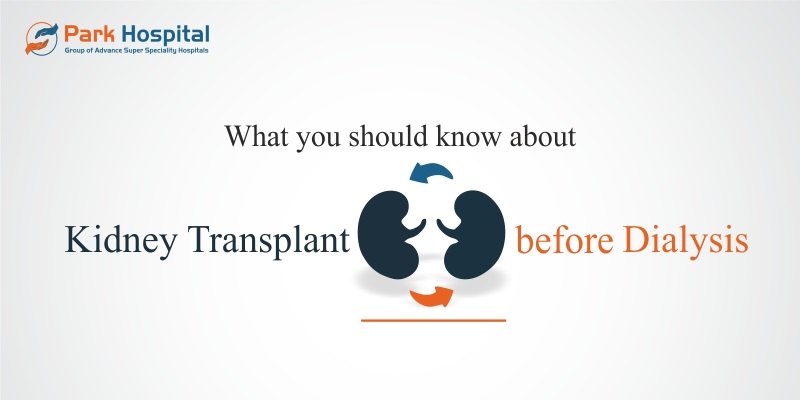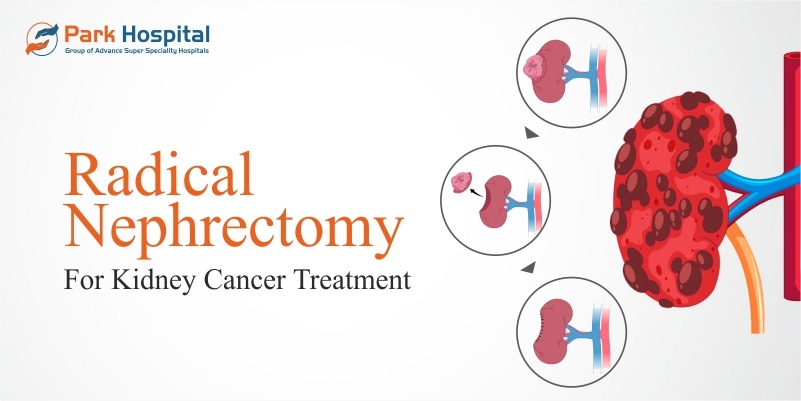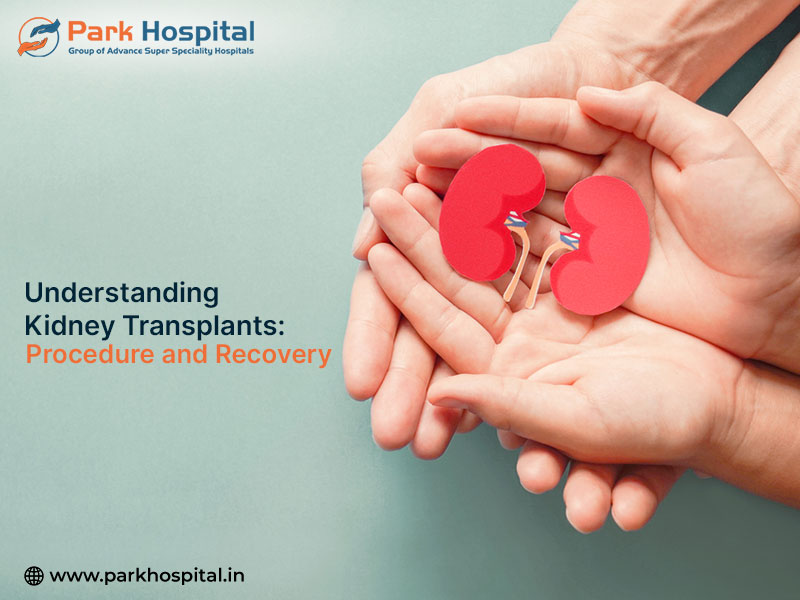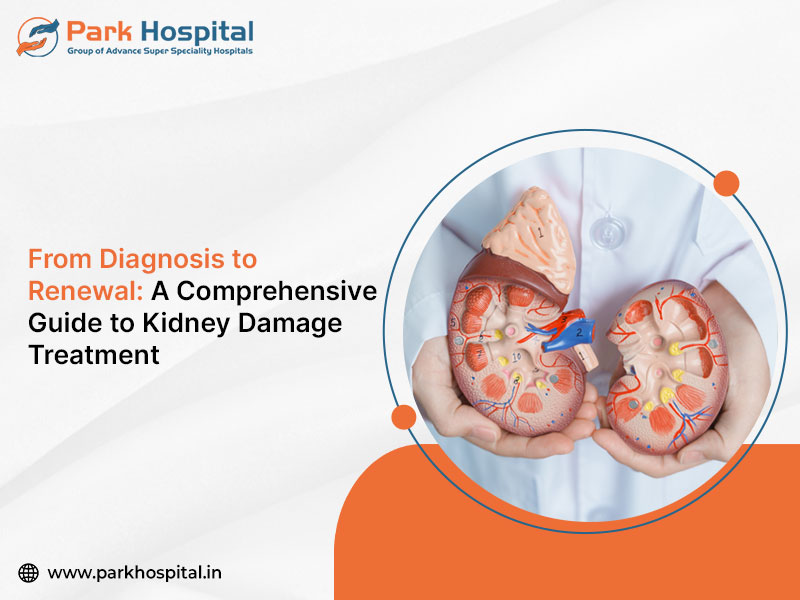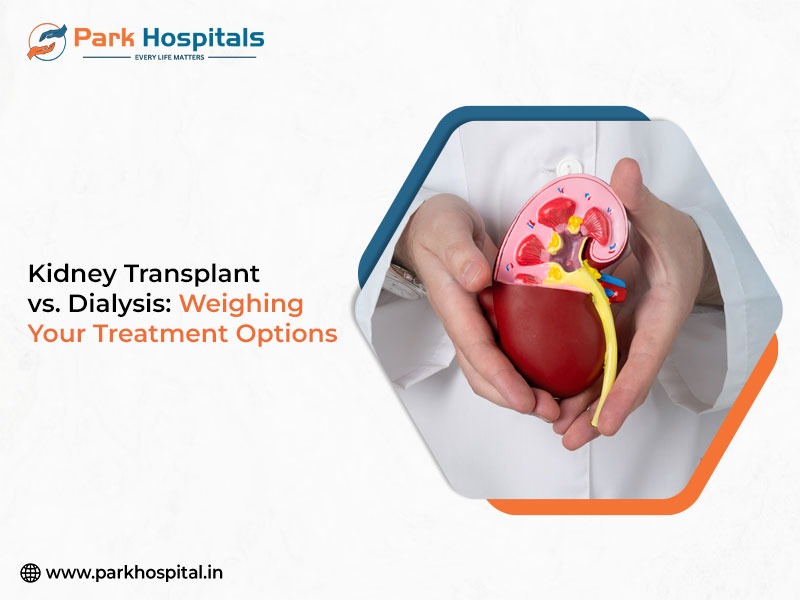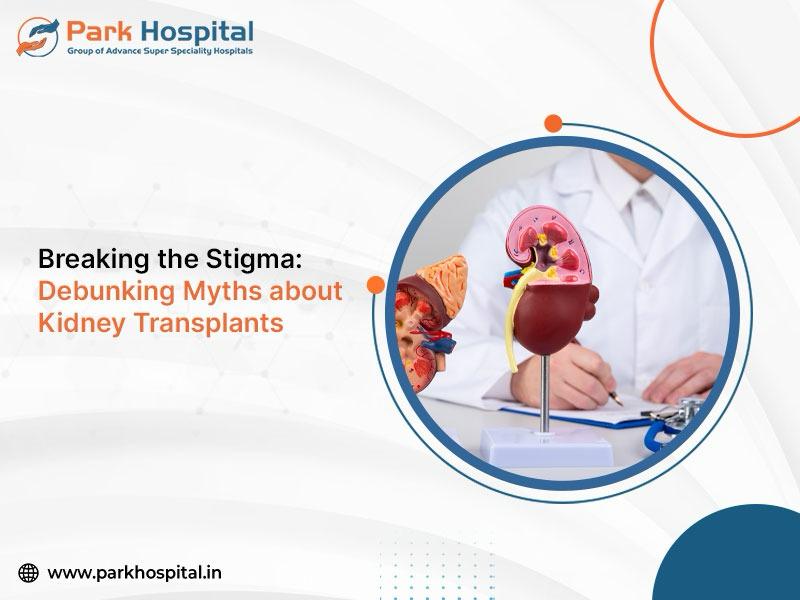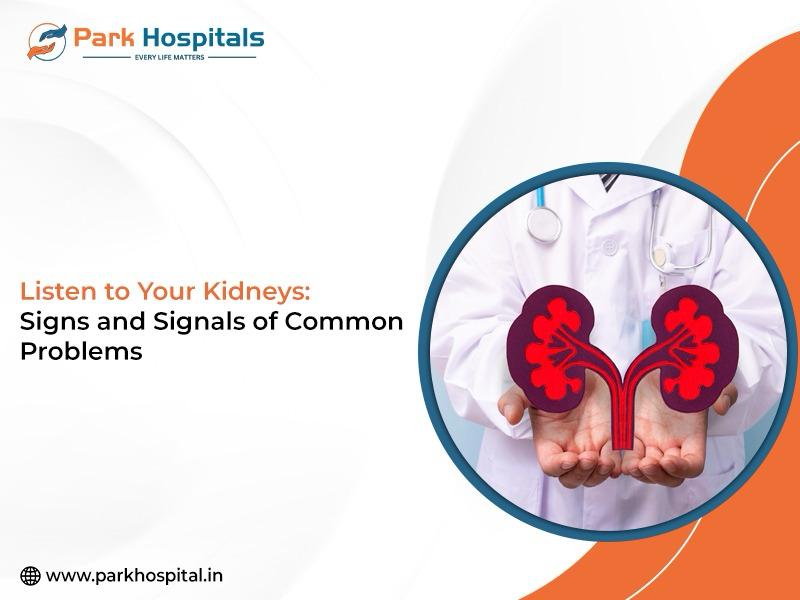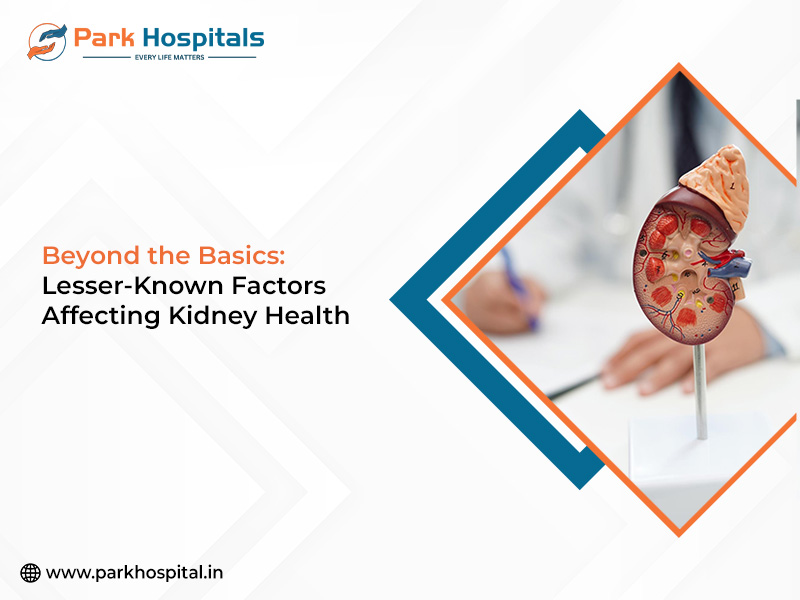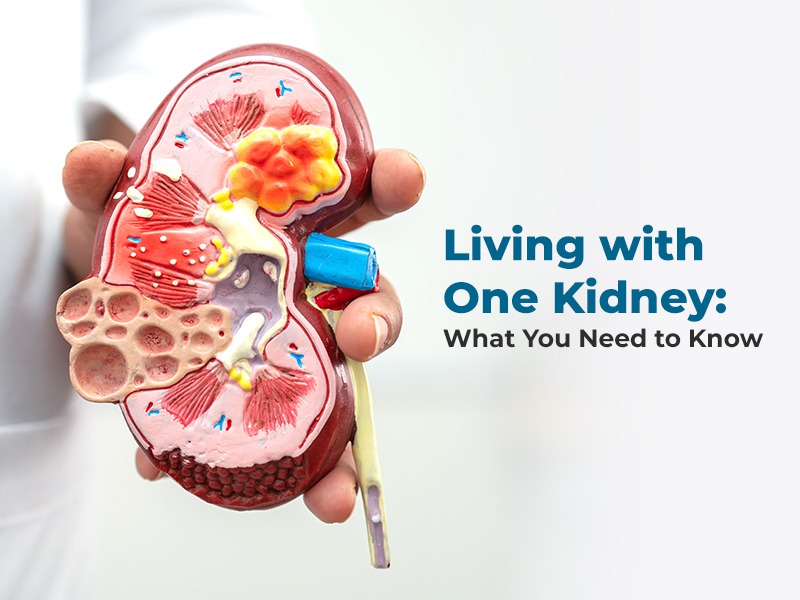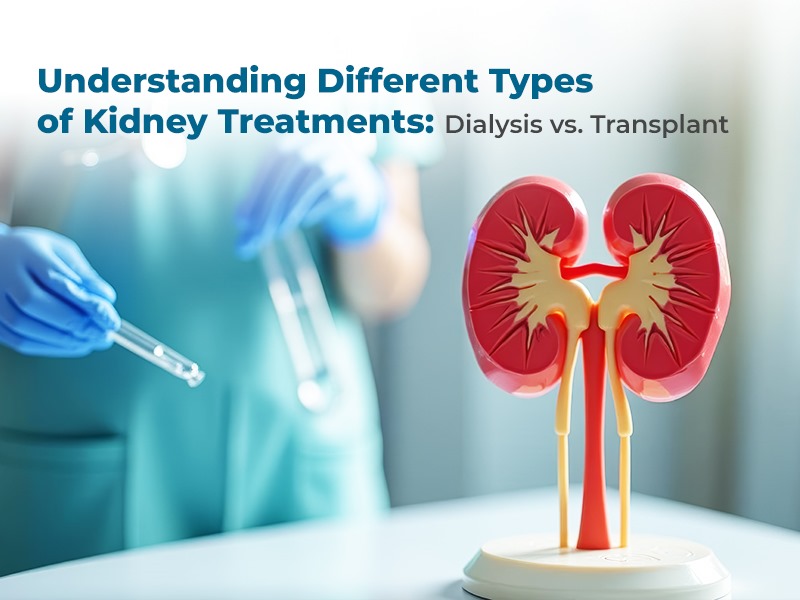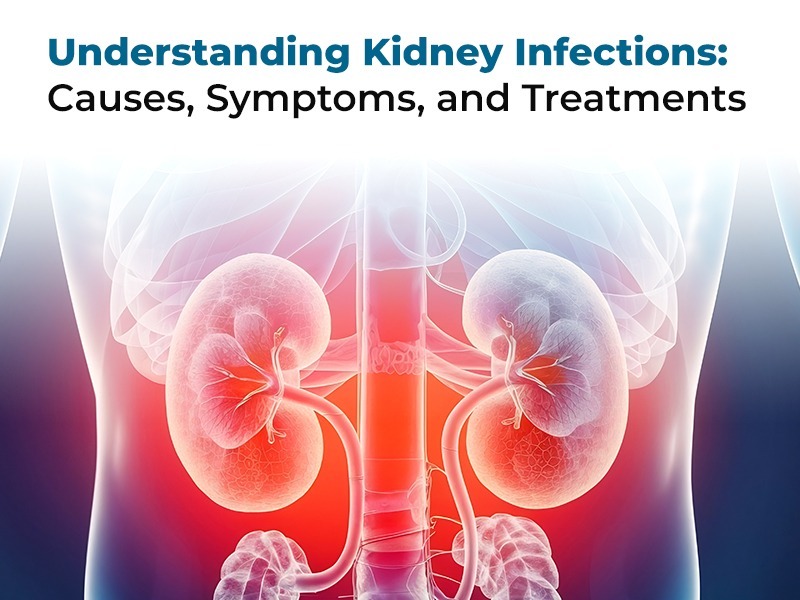What is a kidney stone?
Also called renal calculi and the condition termed nephrolithiasis, is a disorder in which there is a formation of stones in the kidney due to salt and mineral deposits. Excessive Minerals in low-quantity urine tend to form a concentrate and then crystals which attract other elements to form a bigger stone that causes inconvenience and pain.
What are the different kinds of kidney stones?
There are four different types of kidney stones based on the chemical involved in the formation and they are as follows – calcium oxalate stones (due to inadequate fluid intake), uric acid stones (due to consumption of purine-rich organic meat and shellfish), struvite stones (due to upper urinary tract infections), and cystine stones (rare and hereditary). These stones may stay in the kidney or travel down the ureter. In case they are small they can be spontaneously expelled. It is the stationary bigger stones that cause pain and the stones that travel down the ureter.
What are the symptoms of kidney stones?
Severe pain on either side of your lower back
Vague pain or stomach ache
Blood in urine
Nausea or vomiting
Fever and chills
Cloudy urine with a foul odor.
What are the possible causes?
Very little water intake
Too much or too little exercise
Obesity
Weight loss surgery
Consumption of salt or sugar-enriched foods
Consumption of red meat, and sometimes
Hereditary causes
Treatment
Kidney stones are removed by most common procedures such as Retrograde Intra-Renal surgery (RIRS) or Per Cutaneous Nephro Lithotomy (PCNL) out of which RIRS is more patient-friendly and convenient in cases of stones of 2-3 cm diameter. Supermini PCNL or micro PCNL is more effective than RIRS (except for pain) in case of kidney stones of <2cm diameter.
Comparison of RIRS and PCNL
RIRS is preferable in older men with even mid-sized stones whereas, in patients < 18 years of age and especially in pediatric nephrolithiasis, super mini and micro PCNL are observed to be more advantageous in case of small stones removal. Although PCNL is the preferred treatment with higher stone-free rates as per the recommendation of the European Association of Urology, some experiences endorse that multisession RIRS can achieve the same degree of higher stone-free rates comparable to PCNL, offering more patient compliance than PCNL.
If you have symptoms of kidney stones, consult Kidney Specialists at Park Hospital. They have highly experienced Urologists & Nephrologists. With highly advanced infrastructure and technologies they have comprehensive care for kidney treatment.

